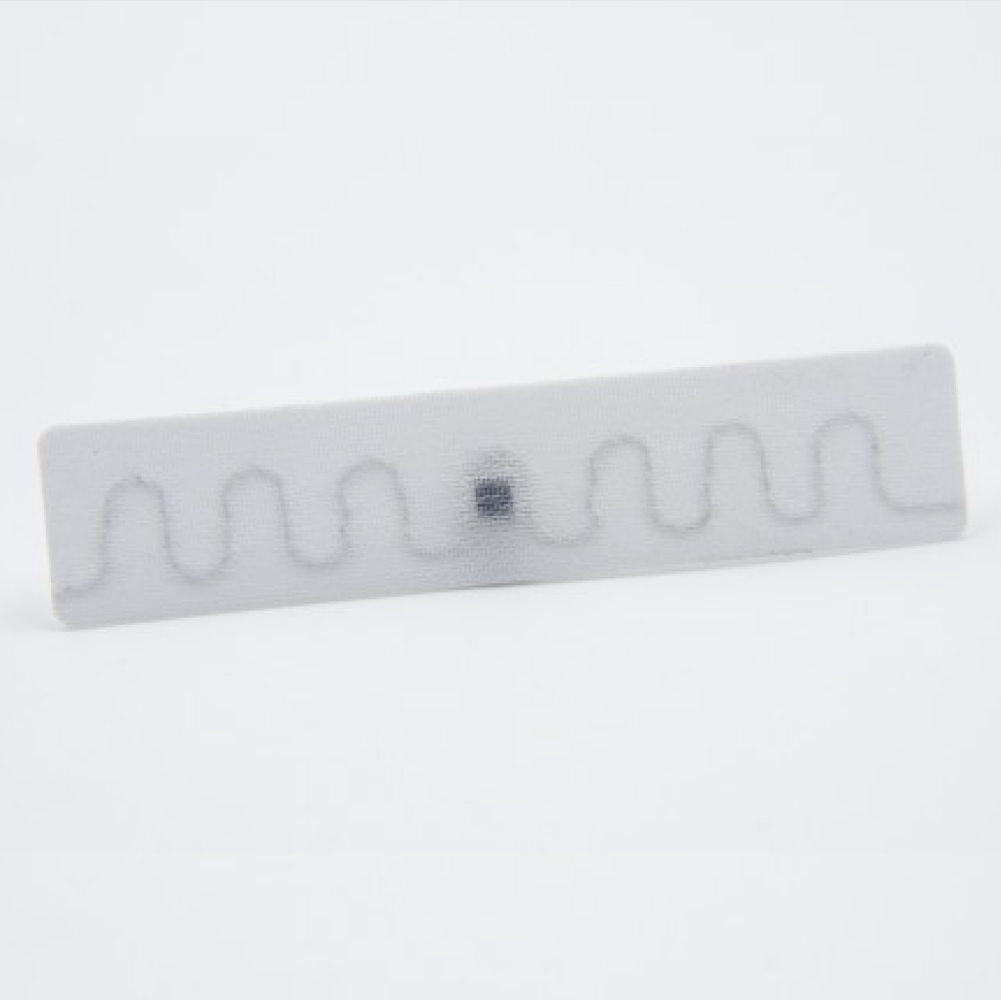Is your hotel constantly losing towels, sheets, and robes? Are your staff spending hours counting linen instead of helping guests? You're not alone. Linen loss is a multi-billion dollar problem for the hospitality industry. But what if you could turn invisible inventory into a smart, manageable asset?
The answer lies in RFID laundry tags, specifically rugged ones like our TT7015s. Here’s how they create a smarter, more profitable hotel operation:
-
Slash Inventory Shrinkage: With a unique ID on every item, you know exactly what you have and where it is. Suddenly, those "lost" pool towels magically reappear. This direct loss prevention can save thousands per year.
-
Eliminate Manual Counting: Imagine doing a full inventory of your laundry room in under a minute. With a handheld UHF RFID reader, your staff can scan an entire cart without moving a single sheet, freeing them for guest-facing tasks.
-
Extend Linen Lifespan: The TT7015s is built to last over 200 washes. By tracking wash cycles, you can retire items before they become threadbare and ruin your guest experience, optimizing your purchasing budget.
-
Streamline Laundry Workflow: Automate the sorting process. Clean items can be automatically sorted by type and destination (e.g., "Spa Towels," "King Bed Sheets"), drastically reducing labor costs and speeding up turnaround.
-
Data-Driven Decisions: How many times does a sheet typically get used before it's replaced? Now you have the data. Make smarter purchasing decisions, negotiate better with suppliers, and finally prove your ROI on linen spend.
Implementing RFID for hotel linen management isn't just about technology; it's about empowering your team, impressing your guests with flawless service, and protecting your bottom line. It’s a simple stitch that strengthens your entire operation.
